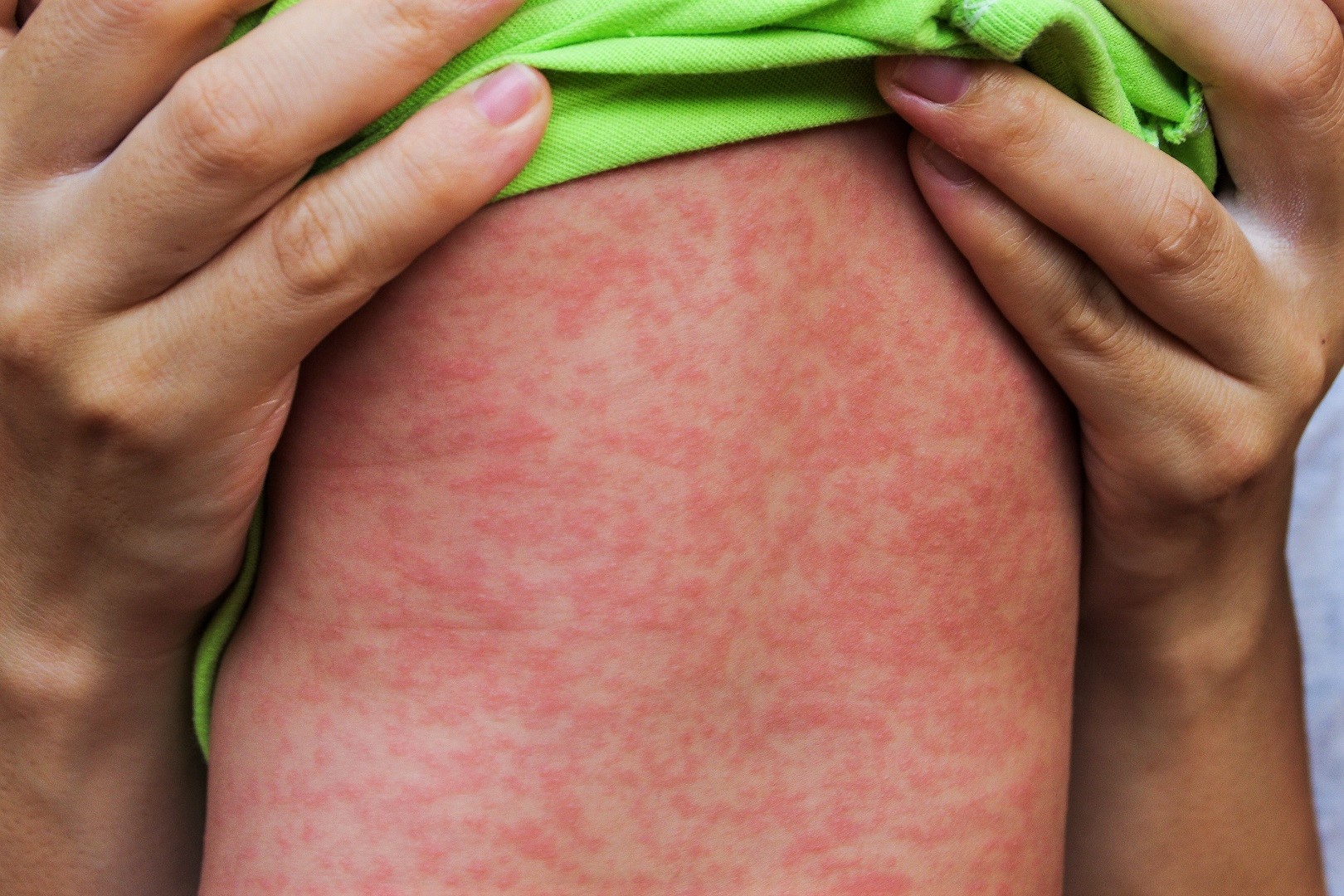
Between Jan. 1 and July 14, there have been 107 reported cases of measles in 21 states and Washington, D.C. The majority of people who got the disease were unvaccinated, the CDC said.
The reported cases came from Arkansas, California, Connecticut, the District of Columbia, Florida, Illinois, Indiana, Kansas, Louisiana, Maryland, Michigan, Missouri, Nevada, New Jersey, New York, North Carolina, Oklahoma, Oregon, Pennsylvania, Tennessee, Texas and Washington.
2018 is on par with the 118 reported cases of measles that occurred in 2017. The largest outbreak in recent years came in 2014, when there were 667 cases of measles. Most of them, 383, happened in unvaccinated Amish communities in Ohio.
Measles outbreaks in the U.S. typically start after a traveler returns from areas in the world where the disease is still common, such as Europe, Asia, the Pacific and Africa, and spreads in areas with unvaccinated people.
In March, state officials in Michigan and New Jersey had to issue warnings to travelers who may have come in contact with people who brought the measles back after traveling.
The first symptoms of measles come seven to 14 days after infection, and include a high fever, runny nose, cough and red eyes. As the disease progresses, an infected person starts to get small spots in their mouth, and then rashes all over the body, along with a fever that can go over 104 degrees.
Anyone who develops measles should stay quarantined for four days after they develop the rash, as it is highly contagious.
“Measles is a virus that is transmitted in the air when you’re next to someone that has the measles virus and is coughing or sneezing,” Dr. Jennifer Lighter Fisher, a pediatric infectious disease specialist at NYU Langone Medical Center, previously told us. “The disease can also live on surfaces for about two hours.”
Measles used to be a severe health problem in the U.S., affecting 3 to 4 million people each year, until the child vaccination program began in 1994. Since then the disease is considered eliminated from the U.S. as outbreaks do not begin unless it is brought in from another country.
“People should get vaccinated for these preventable illnesses. For those who don’t get vaccinated, they are putting the most vulnerable people at risk in the population,” Fisher said.
“For example, very young children cannot get vaccinated and so those who choose to not get vaccinated are putting other people at risk,” she added. ‘It’s very important that a population as a whole gets vaccinated to protect the most vulnerable.”


